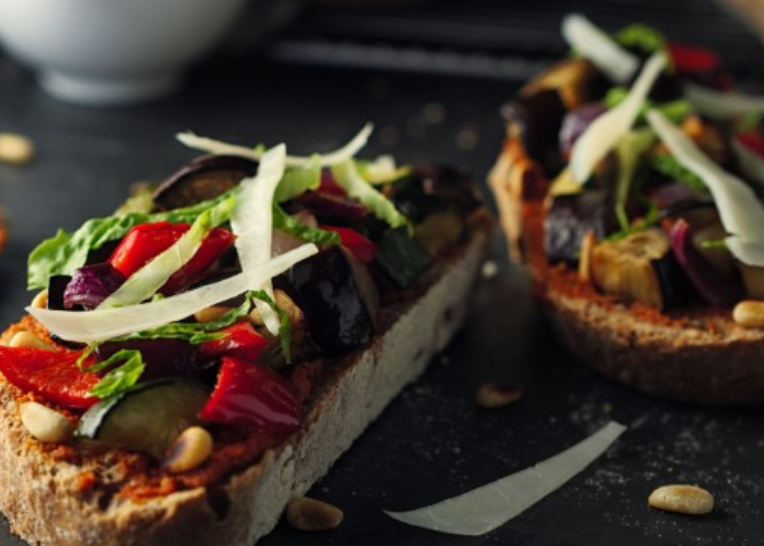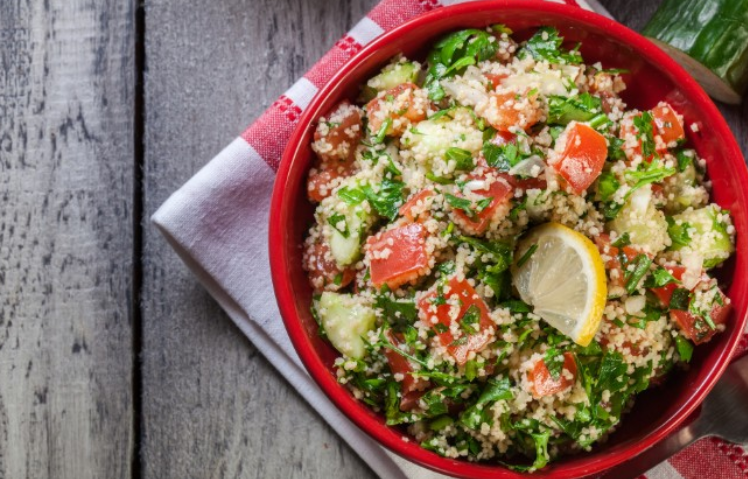
When talking about food and the old “meat and three veggies’’ gets a mention, it’s usually a putdown. These days it’s seen as something boring that was served in Aussie homes before the cuisines of the world arrived with a bang Down Under.
Well, maybe it’s time to bring it back because the latest figures about how many vegetables we eat do not paint a healthy picture.
We all know that eating a healthy and balanced diet can help reduce the risk of many chronic diseases.
Yet less than 4 percent of Australians consume the recommended five serves of vegetables a day, according to Nutrition Australia.
But the new gets even worse: we also waste a lot of the veggies we buy.
More than one third of rubbish bins in Australian kitchens contain leftovers and wasted food, which equates to nearly $4,000 worth of groceries a household every year that can end up in landfill, where food breaks down and can emit harmful greenhouse gases.
What can we do to change this?
One of the annual initiatives of Nutrition Australia is Tryfor5, an awareness campaign run during National Nutrition Week (October 13 – 19) encouraging Australians to increase their vegetable consumption.
This year’s theme is “Embrace Your Veg Waste”.
According to Nutrition Australia’s CEO Lucinda Hancock the campaign reinforces the healthy eating message.

“Australians aren’t eating enough vegetables and are throwing away large amounts of edible food waste and so we’re calling on everyone to rise to the challenge and embrace their veg waste,” says Ms Hancock.
Nutrition Australia senior dietitian Amber Kelaart says there are a few ways we can try for five serves of vegetables a day, while helping to save money and the environment, by embracing vegetable “waste’’:
- Eat more parts of vegetables such as skins, stalks and leaves.
- Use up ageing vegetables that would otherwise go in the bin
- Choose “ugly’’ and “imperfect’’ vegetables to prevent them going to landfill. They’re just as nutritious, and often cheaper.
“Eating your ageing vegetables and eating the parts you usually throw out (like skins, stalks and leaves), makes every dollar stretch further, and reduces your household’s impact on climate change. It’s win-win,’’ says Ms Kelaart.
She suggests starting by using more parts of the vegetables you already have on hand.
“Vegetable skins contain fibre, vitamins and minerals. Rinsing vegetables like carrots, potatoes and mushrooms, instead of peeling them, means you keep more of those important nutrients in your body and out of the bin.
“And don’t throw out things like broccoli stems or the leaves of leeks. You can chop the broccoli stems and use it in a stir-fry or soup. And chips, tart and stock made from the leaves of leek will add a unique new ingredient to your repertoire.

“If your vegetables are getting a little wrinkly, having some go to recipes up your sleeve will help you use up your ageing vegetables.
“Give your ageing vegetables a second life by adding them to vegetable soups, egg frittatas or savoury muffins. Just add a few handfuls of chopped left-over vegetables to create delicious and colourful new meals or snacks. Plus they freeze well and can be added to the kids’ lunchbox or taken to work.”
Nutrition Australia also recommends learning how to store different types of vegetables, so they stay fresh for as long as possible.
“If you have bought a lot of something but only need a little, think about preparing the extra vegetables in a way that you can use in future. For example, chop up extra celery and carrots for snacks. And freeze herbs while they’re fresh so you can trim some off each time you need more,” Ms Kelaart said.
Visit www.tryfor5.org.au to discover news ways to add veg to your day, with heaps of handy tips to buy, store, cook and enjoy vegetables.
